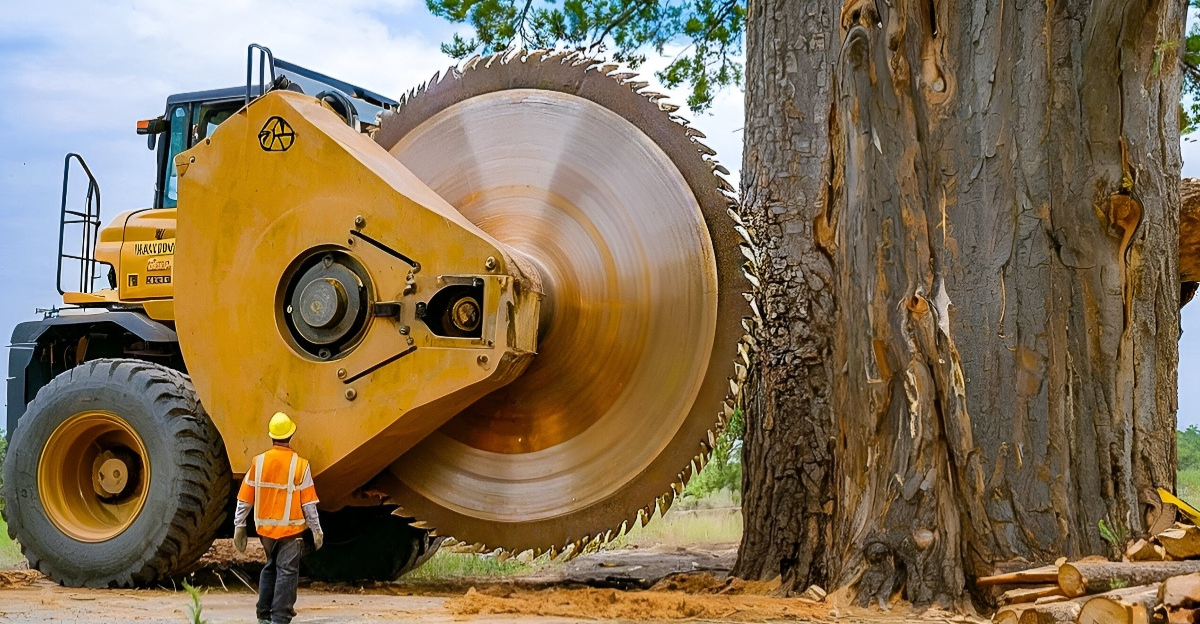
With new administration, there can be quite a few changes too. Some of which people might agree to, and others that aren’t loved as much. President Donald Trump is now allowing companies to increase their timber production in order to enhance forest management, reduce wildfire risks, and decrease reliance on imported timber.
Executive Orders Prioritize Domestic Timber Production
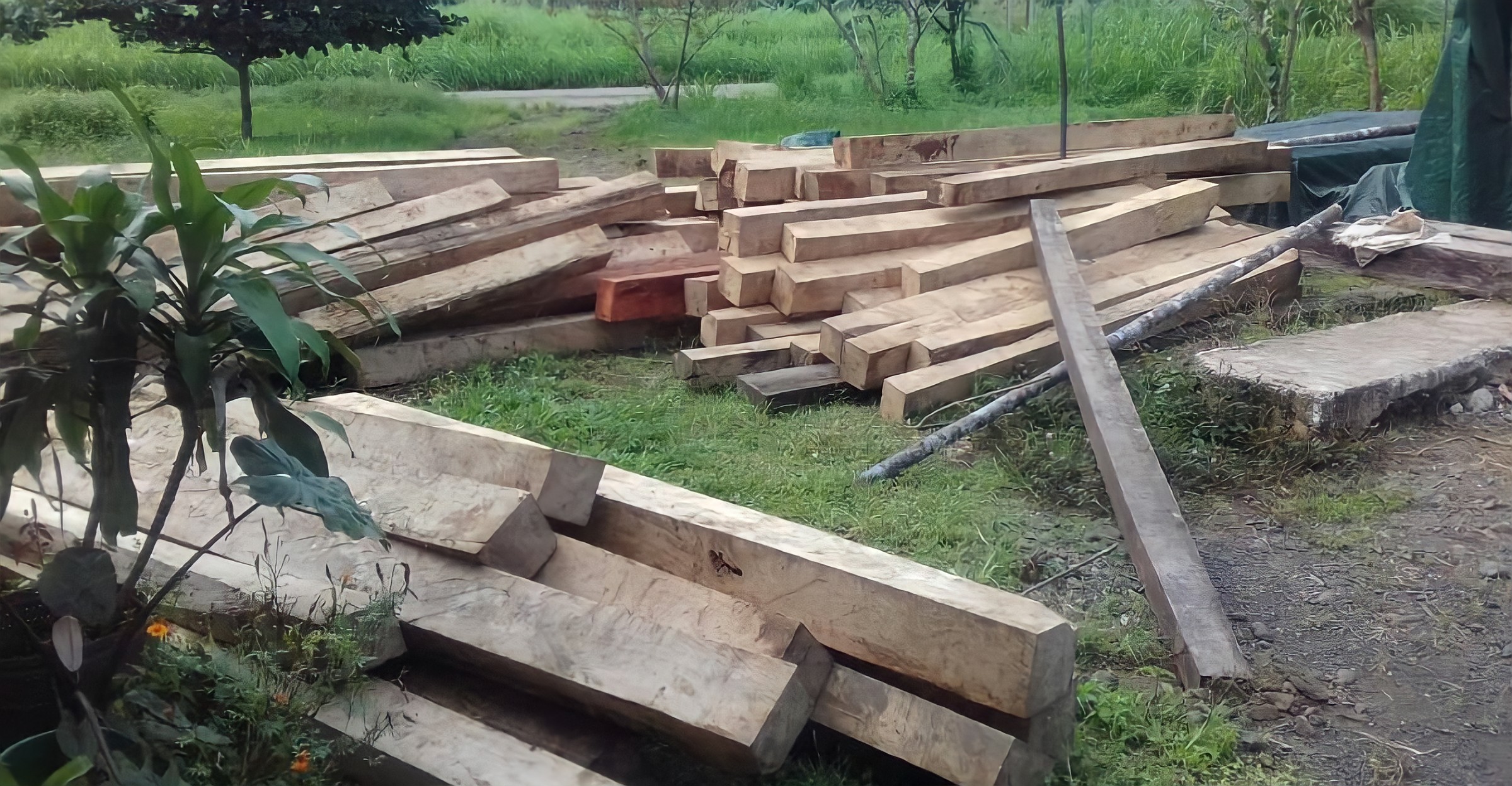
President Trump’s March 2025 executive orders aim to expand logging on federal lands by streamlining environmental reviews and weakening protections under the Endangered Species Act (ESA). This order was put in place to help increase timber sales but also reduce the reliance on foreign imports.
Tariffs on Canadian Lumber

The U.S. is very reliant on foreign imports as Canada supplies almost 50% of lumber. A 25% tariff on Canadian lumber imports, which was announced days after the executive orders. This puts immense pressure on the timber industry to increase local production.
Weakening Environmental Safeguards
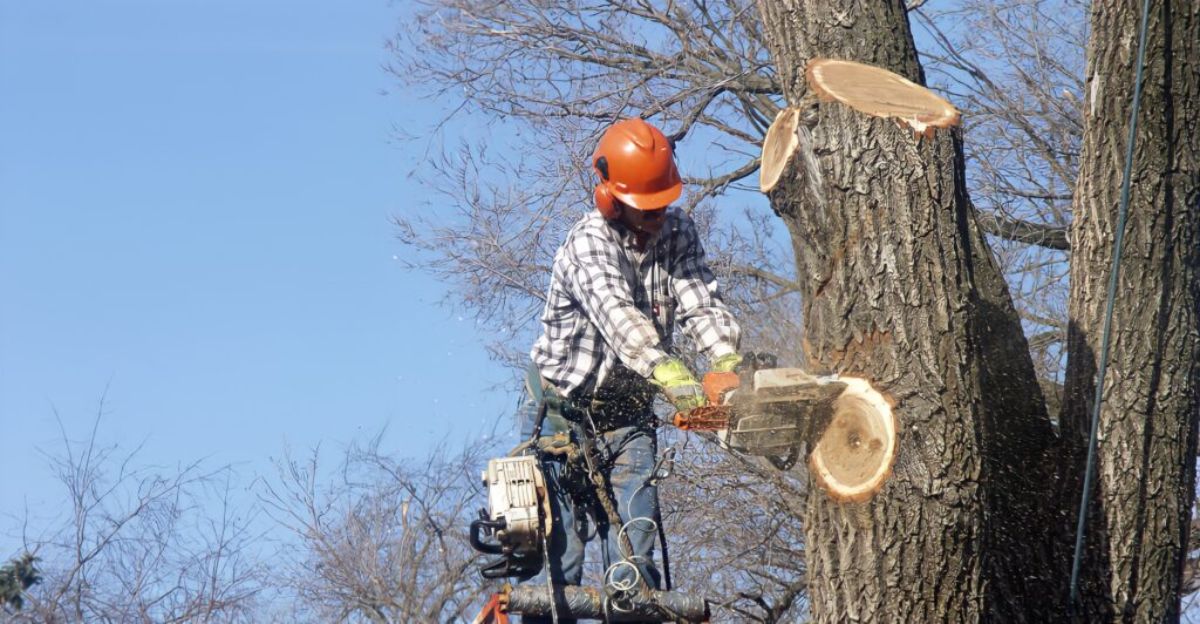
According to the administration, “It pushes for quicker approvals under the Endangered Species Act so that forestry projects are not delayed by slow reviews.” Organizations like Earthjustice warns that debris from logging acts as wildfire tinder, while clear-cutting threatens water quality and wildlife habitats. Earthjustice states, “This executive order sets in motion a chainsaw free-for-all on our federal forests. Americans treasure our forests for all the benefits they provide, such as recreation, clean air, and clean drinking water. But this order ignores these values and opens the door for wild lands to be plundered, for nothing more than corporate gain. In the long run, this will worsen the effects of climate change, while also destroying critical wildlife habitat.”
Industry Support vs. Environmental Backlash
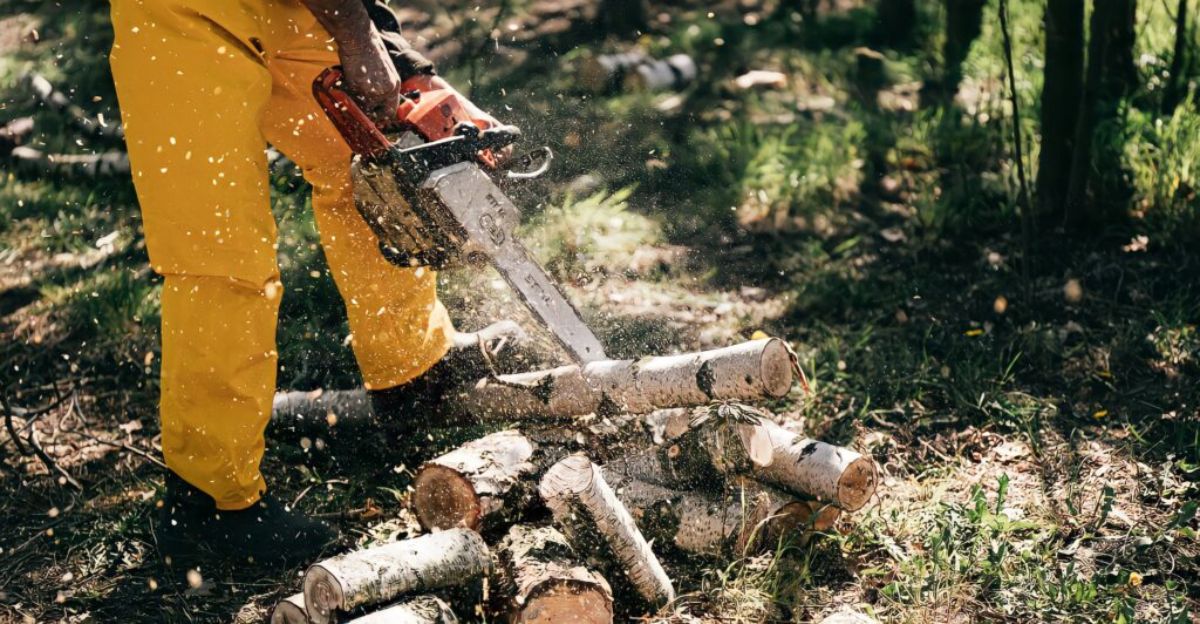
Groups in the forestry industry praise the decision by administration as this helps lower their costs and also create more jobs. Opposing groups claim that administration is putting corporate gain over environmental care and the risks that go along with it.
Federal Workforce Cuts Undermine Forest Management

Staff reductions at the Forest Service, including wildland firefighters and support personnel, raise concerns about the agency’s capacity to manage expanded logging sustainably. Critics question how the administration can ensure responsible practices amid workforce shortages.
A Potential Wildfire Risk
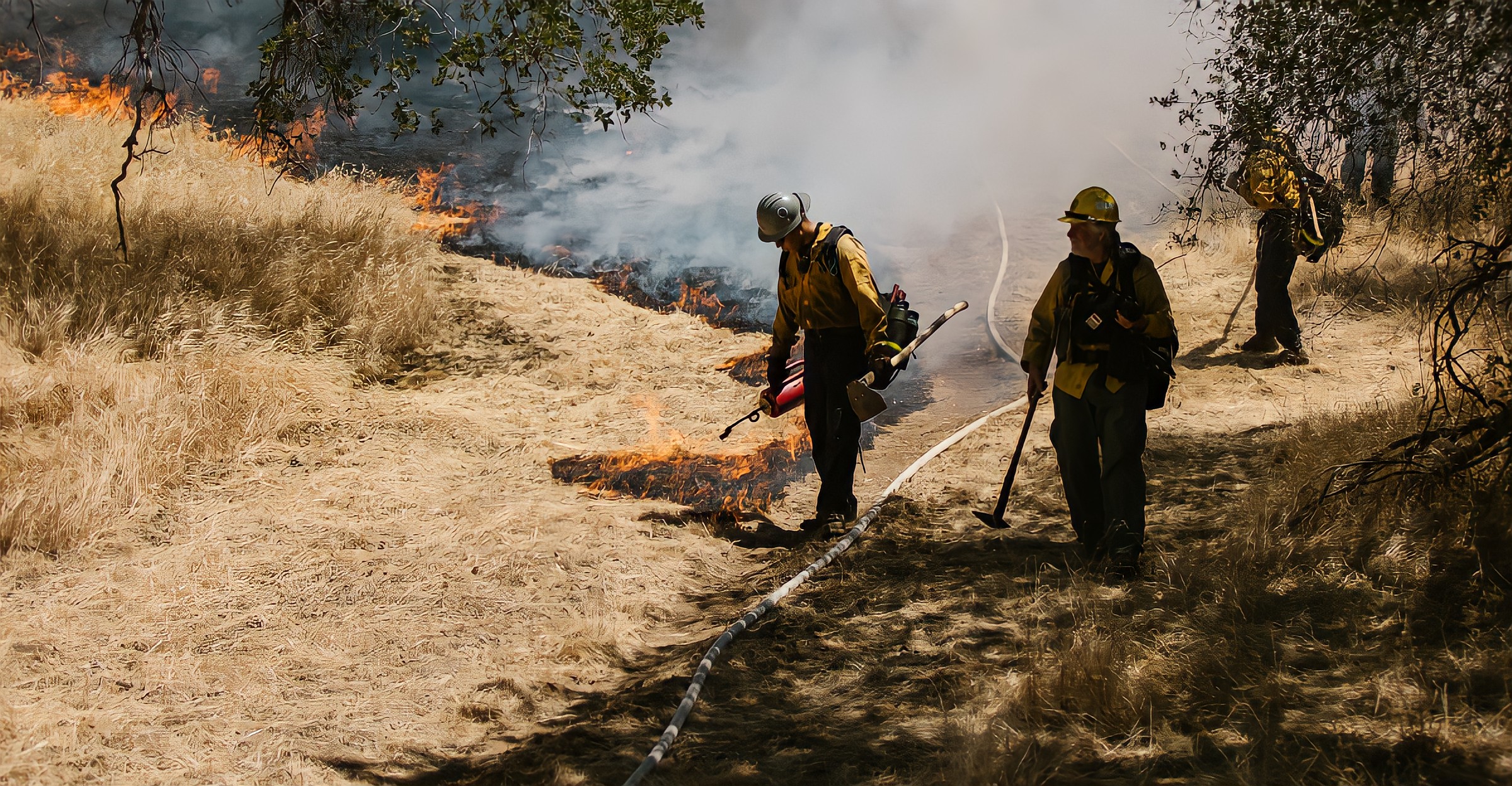
The administration states, “President Trump took strong action to prevent and combat the spread of wildfires, focusing on strategies to reduce fire risks and improve forest conditions.” According to them, increasing the timber production can help minimise the risk of wildfires. Environmentalists argue that logging dries forests, increasing fire risks, and that climate change, worsened by deforestation, creates conditions for catastrophic blazes.
Impact on Oregon’s Forest Policies

The executive orders could influence pending legislation like the Fix Our Forests Act, which fast-tracks logging projects under the guise of wildfire mitigation. Environmentalists fear this will erode protections for old-growth forests in the Northwest Forest Plan. “Fix Our Forests is a logging bill attempting to disguise itself as a legitimate wildfire strategy,” Lauren Anderson, program manager at the environmental nonprofit Oregon Wild, said. “It’s a very direct attack on the public’s ability to engage in management of public lands, attacking our bedrock environmental laws, and our last remaining mature and old growth forests.”
The Fight Against Illegal Logging on a Global Scale

The EU’s Forest Law Enforcement, Governance and Trade (FLEGT) Action Plan highlights the need for international cooperation to combat illegal logging. This Executive Order can significantly impact the global efforts to promote sustainable foresty, which is a really big problem on a global scale.
Economic Security Claims vs. Reality
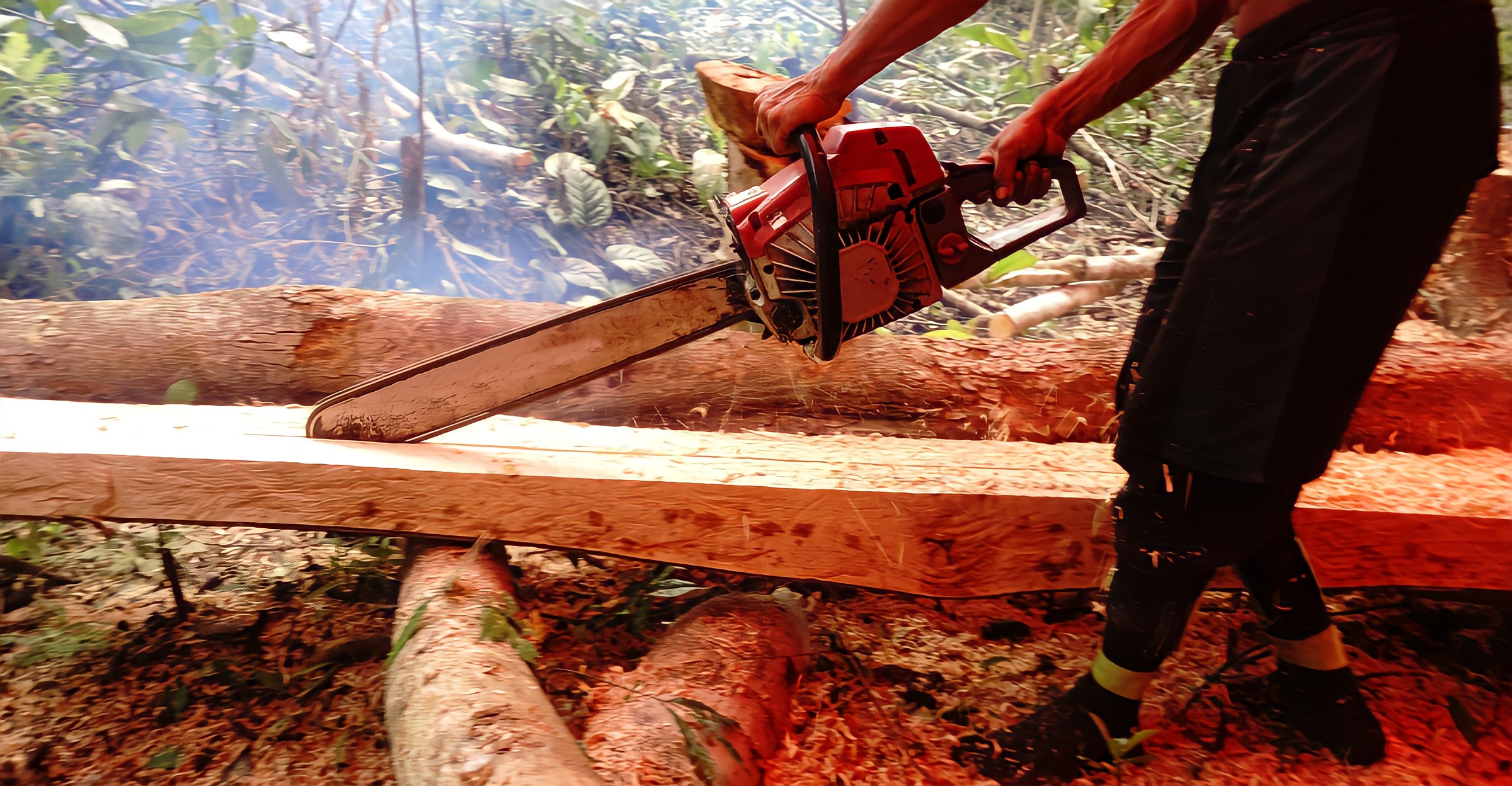
The administration argues that domestic timber production is vital for national security and manufacturing. “Strong national security requires a reliable domestic wood industry for military and civilian needs.” says the administration in the fact sheet they released. However, tariffs and logging expansions may not offset import reliance quickly, leaving construction costs volatile and housing affordability at risk.
Public Lands Are Becoming Political Battlegrounds
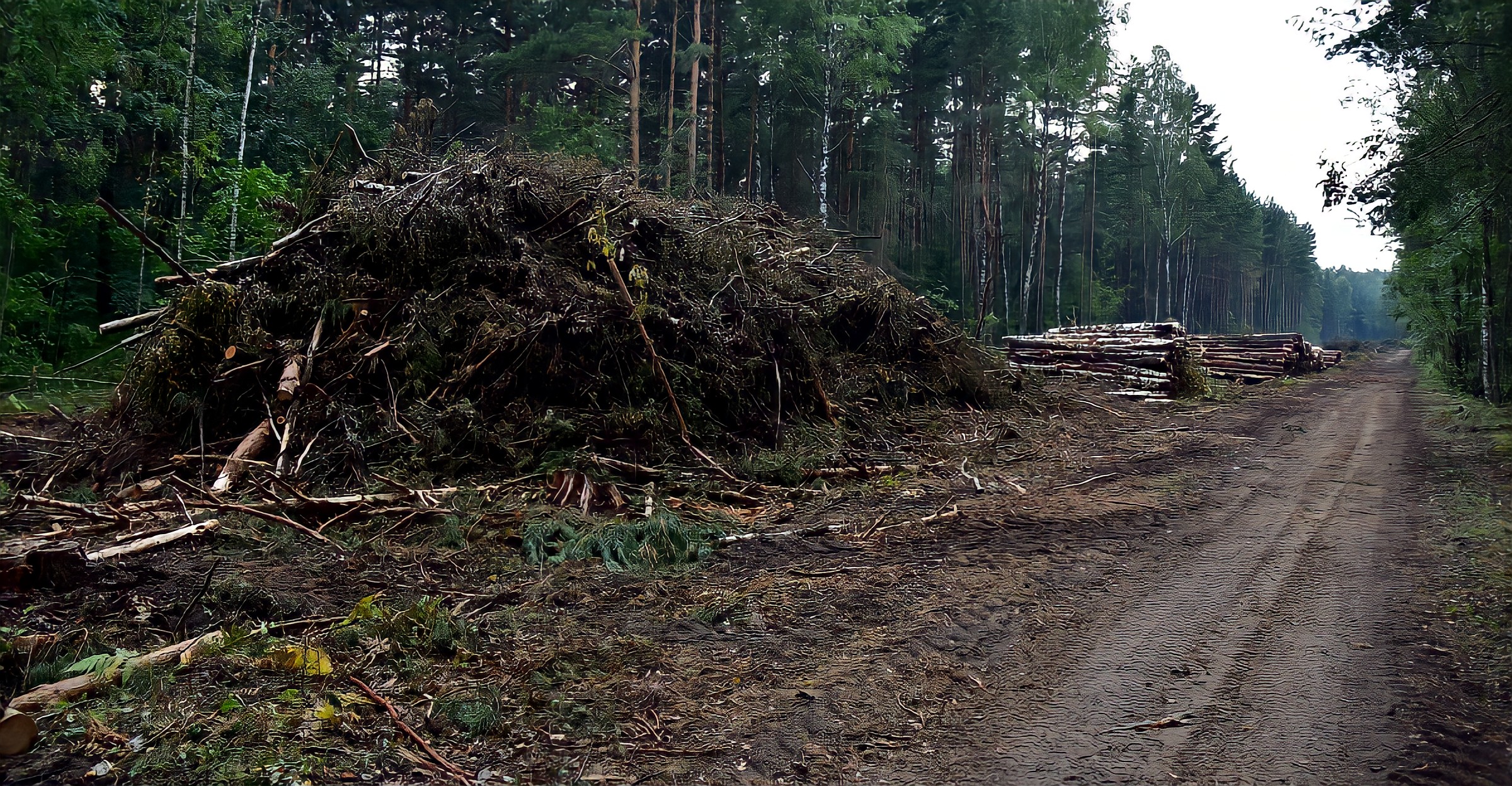
Environmentalists strongly feel that federal land belongs to the public and not private interests. “This is a particularly horrific move by Trump to loot our public lands by handing the keys to the kingdom over to big business,” said Randi Spivak, public lands policy director at the Center for Biological Diversity.
Climate Implications of Deforestation
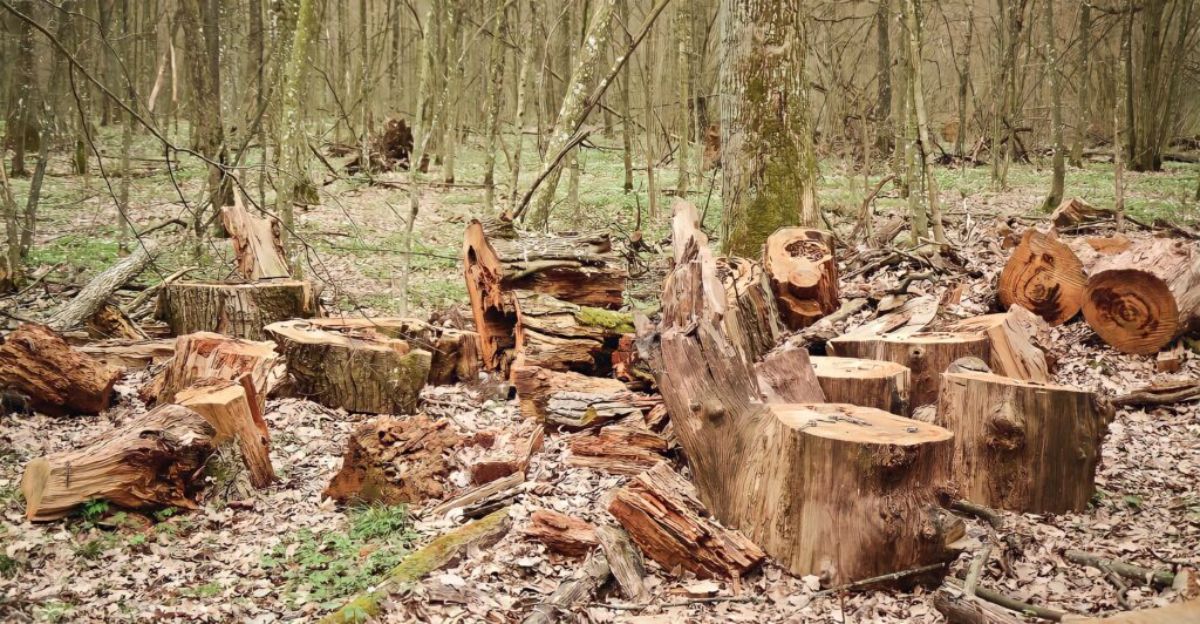
Deforestation plays a major role in climate change and this order can significantly impact habitats, climate change and so much more. Trees absorb carbon dioxide, but logging releases stored carbon into the atmosphere. Trees absorb carbon dioxide, but logging releases stored carbon into the atmosphere.
Legal Challenges Ahead

There are multiple organizations that are keeping a close eye on the implications of this new Executive Order and they are willing to sue over violations of the ESA and National Environmental Policy Act (NEPA) if the need calls for it. Past litigation, like over Alaska’s Tongass National Forest, suggests courts may block the most aggressive logging plans.
Explore more of our trending stories and hit Follow to keep them coming to your feed!

Don’t miss out on more stories like this! Hit the Follow button at the top of this article to stay updated with the latest news. Share your thoughts in the comments—we’d love to hear from you!







